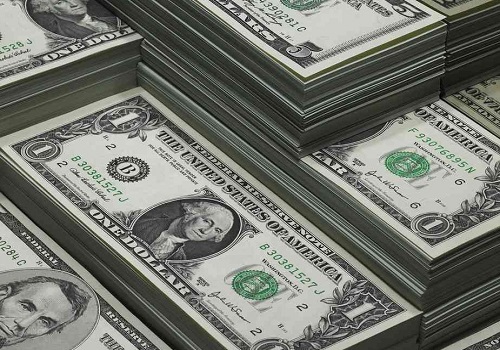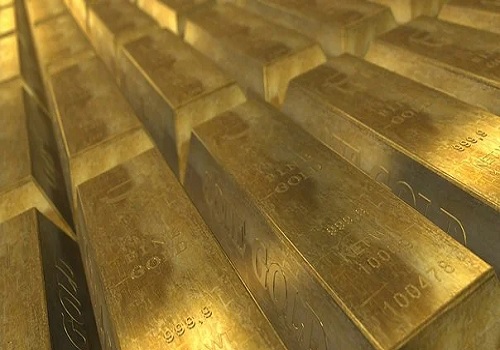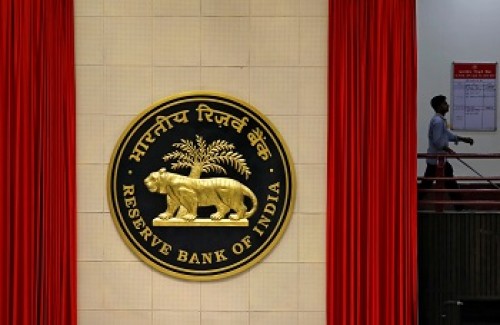What’s in store for the INR - Motilal Oswal

Follow us Now on Telegram ! Get daily 10 - 12 important updates on Business, Finance and Investment. Join our Telegram Channel
https://t.me/InvestmentGuruIndiacom
Download Telegram App before Joining the Channel
What’s in store for the INR?
* On the day of RBI’s monetary policy (7th Apr’21), the INR depreciated over 1% against the USD to touch its weakest level (74.4) since mid-Nov'20 and the highest one-day fall in a year. The movements in India financial market can be explained using the Economy 101 textbook. With the central bank more dovish than expected, bond yields fell, equities cheered, and the currency weakened.
* This led to some debate regarding the future of INR. With RBI announcing the purchase of INR1t worth of government securities in 1QFY22 (and expected to do more), it now has reduced space to intervene in the FX market. This, in turn, is expected to weaken the INR.
* While the conclusion may be right, the reasoning has been turned upside down. What is more likely is that the RBI has assumed that foreign capital inflows (or BoP surplus) will be much lower in FY22 v/s FY21, which will give them more space to intervene in the bond market. With higher CAD and lower foreign capital inflows, we expect the BoP surplus to fall to USD40b in FY22E (market consensus is USD50b) from USD60b/~USD100b in FY20/FY21E.
* If so, while the RBI will be right in its assessment, it doesn't imply a sharp weakness in the INR. Although INR is likely to weaken from 72.7 in Feb-Mar'21, it is unlikely to touch or stay around 75 on a sustained basis. Therefore, we have not changed our forecasts. We still believe that INR is more likely to average 73 against the USD in 1HFY22E and move towards 74.5 by the end of FY22E (Exhibit 1).
* The situation will become complicated if, in contrast to expectations, foreign capital inflows do not abate. Then, RBI will have to intervene in the FX market (reducing its space on bonds) or the INR will appreciate (not depreciate).
* At the other extreme, if FIIs withdraw their money, leading to capital outflows, while RBI can further support the yield curve, it will draw down its FX reserves to mitigate a faster depreciation in the INR.
* The trade-off between the FX and bond market is as real as it can be for RBI (Exhibit 2).
To Read Complete Report & Disclaimer Click Here
For More Motilal Oswal Securities Ltd Disclaimer http://www.motilaloswal.com/MOSLdisclaimer/disclaimer.html SEBI Registration number is INH000000412
Above views are of the author and not of the website kindly read disclaimer
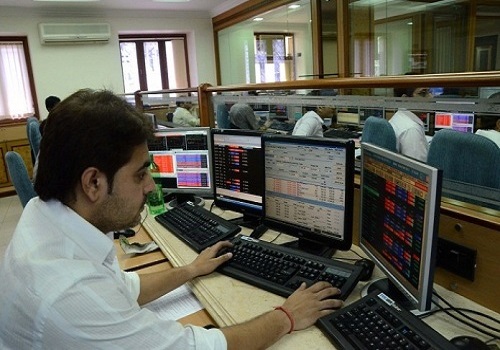
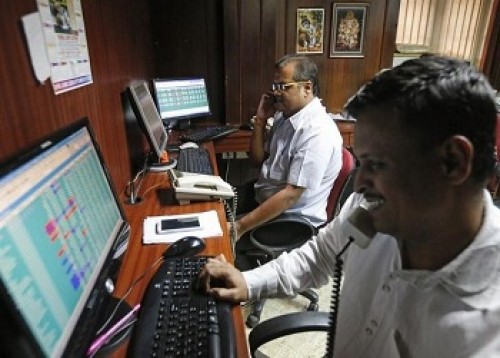






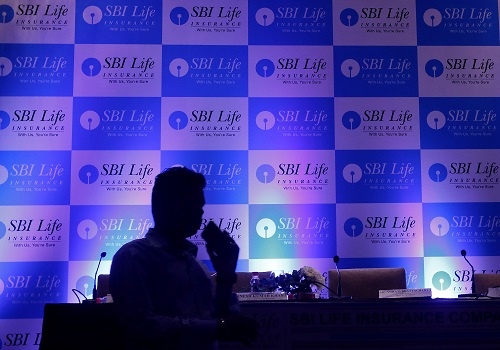

Tag News

Monthly Debt Market Update, September 2023: CareEdge Ratings






